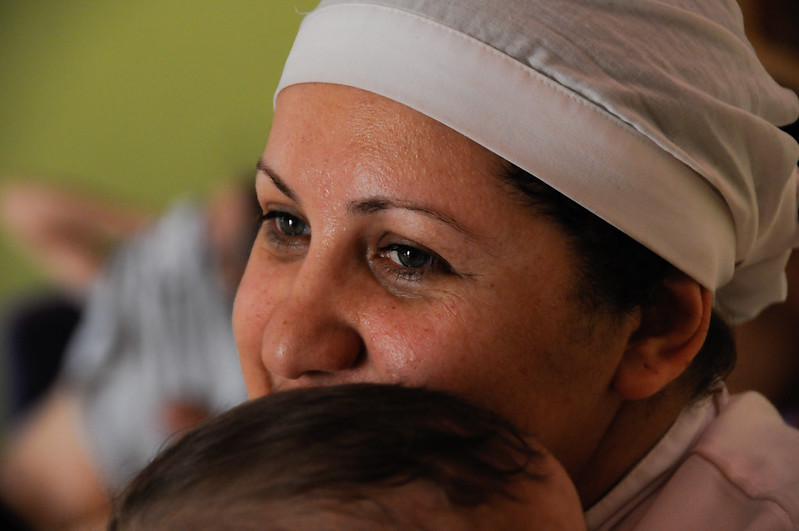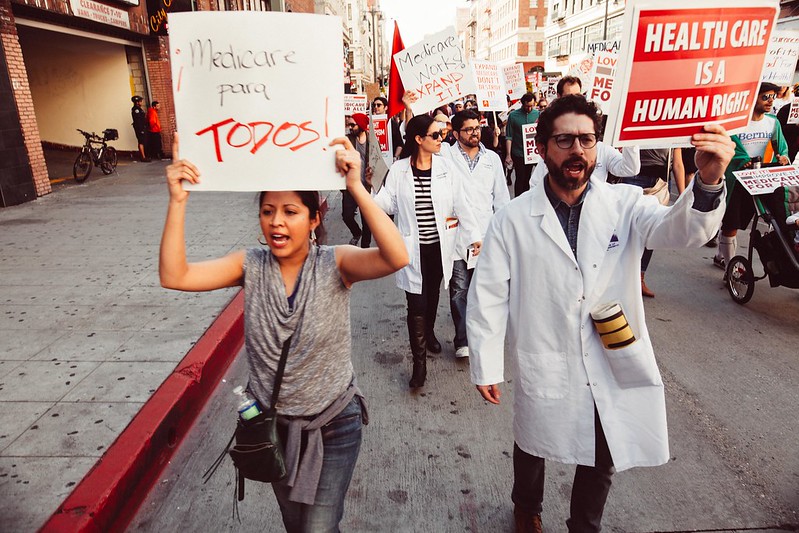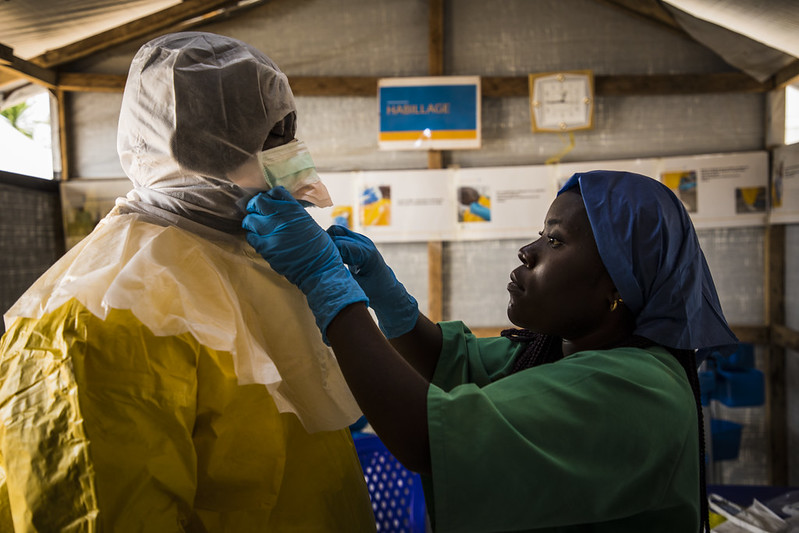Can the coronavirus cure a broken immigration system? Can a pandemic change the anti-immigrant rhetoric that has been emanating from the White House for the last three years?
It’s not likely to happen on a broad scale, of course. In fact, the scapegoating of immigrants may even get worse.
But many are hoping for positive immigration policy changes that will help immigrants who are working as healthcare professionals.
Healthcare professionals—like so many other immigrant groups—face incredible visa restrictions, but all that could be easily relaxed to enable their desperately needed help in the COVID-19 battle.

Restrictive immigration policy has not always been how the U.S. did things.
My parents and I immigrated to the United States in the early 70s—a time when physicians were welcomed to pursue medical training in the United States.
Our plans to return to Iran after my father’s residency were quashed when the Iran-Iraq war broke out in 1980.
But an amazing thing happened: We found a new community amongst international medical graduates at a community hospital in a hard-hit former mill town. Doctors from the Philippines, India, Argentina, Korea and Egypt were welcomed using visas meant to facilitate placing doctors in communities that needed them most.
International Medical Graduates (IMGs), like my father and his colleagues, are some of the most talented and educated physicians in the world—and some estimates say they make up roughly 29 percent of those on the frontlines of the COVID-19 response.
They are fully-trained physicians, having been educated at some of the top medical schools. In order to work as a physician in United States, they must first pass a series of difficult exams. Only then can they go through a “matching process” to enter a residency program. This means that they go through training again—anywhere in length from four to seven years.
It is estimated that in the U.S., approximately 25 percent of physicians in training programs and roughly 23 percent of practicing physicians are IMGs.
IMG physicians often work in some of the poorest communities and present with many complex cases because of a historic lack of access to medical professionals. Yet, studies have shown that IMGs have the lowest patient morbidity rates amongst doctors in the country.
With an increasingly aging population and the COVID-19 pandemic, these physicians are needed more than ever: It is predicted that the U.S. will have a physician shortage numbering between 46,900 and 121,900 by 2032—and this data doesn’t account for any changes due to the coronavirus.

The Conrad 30 J-1 Waiver program is a life-saving resource to communities with physician shortages, placing IMG doctors in health professional shortage areas.
However, these state departments of public health can only place 30 physicians per state in a fiscal year—which is clearly not sufficient to meet the needs of these underserved communities in normal times, let alone during a global pandemic.
Similar programs exist with the Delta Regional Authority, the Appalachian Regional Commission, and Health and Human Services. These programs need to be expanded to allow more physicians to provide critical health care services.
There are a number of steps the government could take to alleviate our growing healthcare crisis:
- Congress should expand the Conrad 30 J1 waiver program, allowing more doctors to work in underserved areas, by supporting S.948. It should also consider expanding the definition behind what is an underserved area.
- The U.S. should allow IMGs who have already undergone qualified residency training abroad to get credit for those years and engage in a limited training rotation in the United States in place of a full residency program lasting years. We need these already highly trained doctors in the hospital providing medical care right now—not in a few years.
- The administration should facilitate visas—as well as the path to permanent residence and citizenship—for those healthcare professionals that suit up to fight against COVID-19. Physicians, nurses and other healthcare professionals put their life on the line by providing direct patient care, and they should be granted expedited visas and green cards, and become fast-tracked to become U.S. citizens.
- As agonizing as it is to think about this scenario, we must make sure family members of those providing direct care are not left without a visa should the provider die because of COVID-19-related issues. Delays in processing green cards and citizenship have risen significantly in the last three years. And citizens of India and China face a waitlist of a decade or more before they can become green card holders. This must change.
- Overly burdensome and unreasonable policies related to the H1B category should be removed to provide visas for crucial professionals, such as technologists and virologists. U.S. Citizenship and Immigration Services (USCIS) must roll back restrictive policy interpretations and wanton hurdles placed in the path of healthcare related fields—such as questioning an employer’s minimum hiring requirements and waiving in person green card interviews.
Congress and the Trump administration must enact these simple changes now, before it’s too late.
Many of our healthcare professionals are already falling ill with COVID-19 because of a lack of preparation and failure to procure Personal Protective Equipment (PPE). We know it will only get worse as we see what has happened in Italy, Iran and China.

It will take time and effort to fix our broken immigration system.
But COVID-19 can be the catalyst for modest changes our government can undertake to ensure we have more physicians and health care providers helping our community, our neighbors and our families.
The coronavirus pandemic and the response by federal, state and local authorities is fast-moving.
During this time, Ms. is keeping a focus on aspects of the crisis—especially as it impacts women and their families—often not reported by mainstream media.
If you found this article helpful, please consider supporting our independent reporting and truth-telling for as little as $5 per month.
You may also like:





